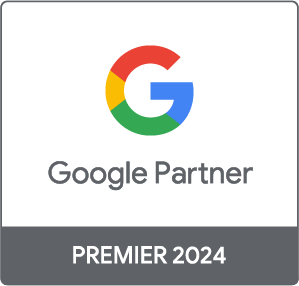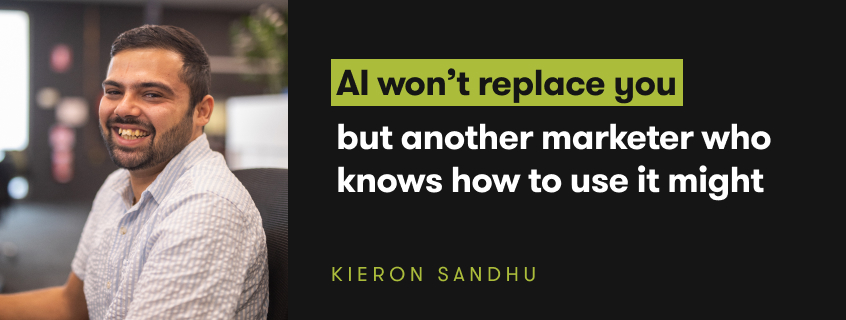

AI isn’t here to take over marketing. But it is changing it—fast.
Too many businesses still see AI as either a gimmick or a threat. Some think it’s a shortcut to instant results. Others fear it’ll make human marketers redundant. Both are wrong.
The reality? AI isn’t replacing marketers. It’s making them more effective. It’s eliminating the grunt work, improving decision-making, and helping businesses move faster. But the best results still come from people who know how to use it.
If you’re not thinking about AI strategically—or worse, if you’re not using it at all—you’re already behind.
Let’s be clear: AI is automating tasks, not replacing strategic thinking. The best marketers aren’t worried about losing their jobs to AI; they’re using it to focus on higher-value work.
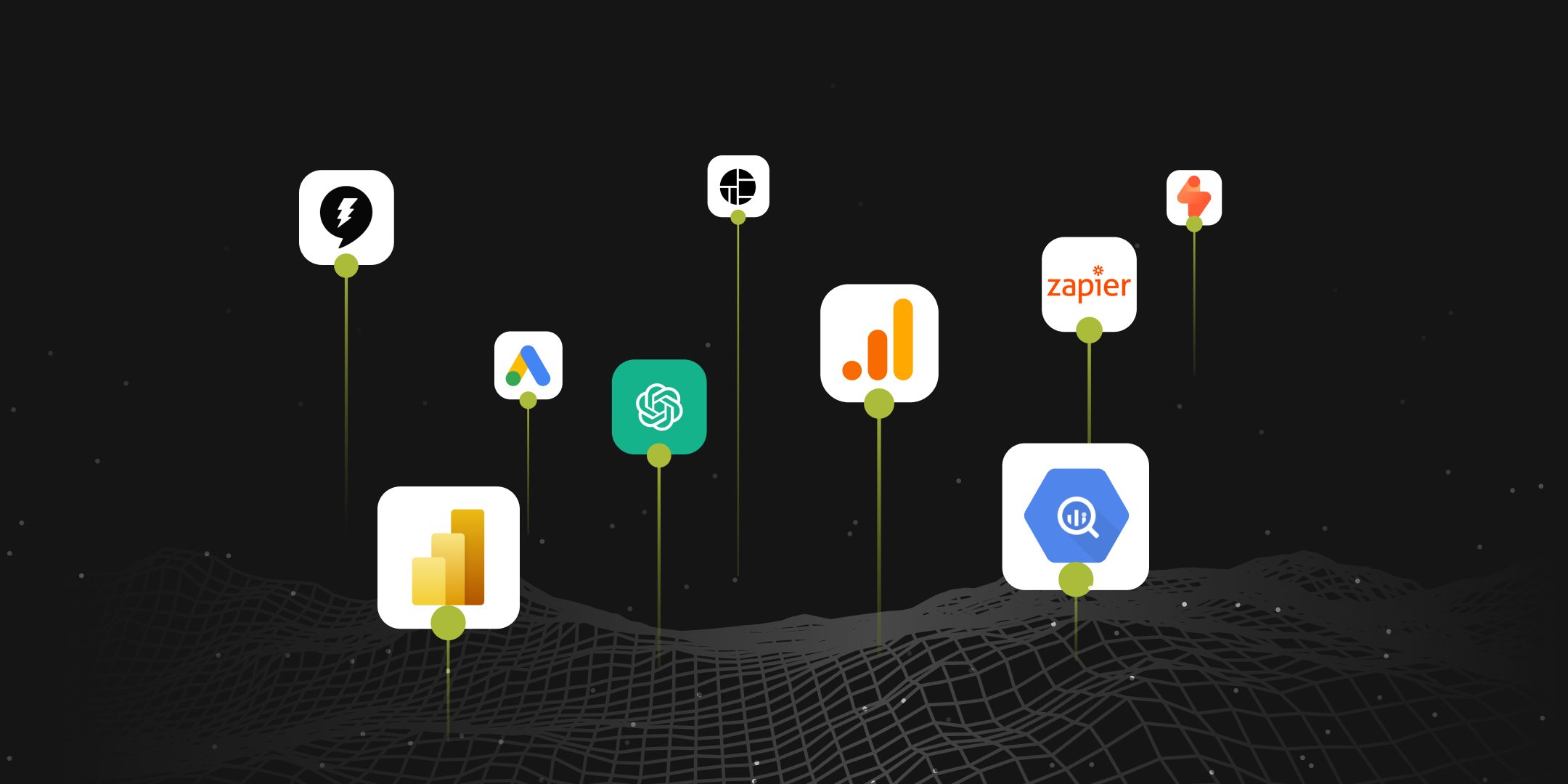
AI isn’t doing the work for marketers—it’s giving them the ability to do better work.
If the only way you’re using AI is for automated email sequences or chatbots, you’re playing small. AI is redefining how businesses operate, and those who adopt it properly will outperform those who don’t.
AI can churn out blog posts, social media captions, and even ad copy in seconds—but without human input, the results can feel generic and uninspired. A product launch email drafted by AI might hit all the key points, but it takes a copywriter to refine the tone, inject brand personality, and ensure it truly resonates with the audience.
AI is a great tool for first drafts and research summaries, but it can’t decide what’s most relevant or compelling to a specific audience. That’s where human marketers come in—shaping raw AI-generated content into something that feels authentic, engaging, and aligned with the brand’s voice. AI can write, but it’s the human touch that makes content worth reading.

AI can process massive datasets and identify correlations, but it doesn’t always understand the why behind the numbers. A 20% drop in engagement is easy to spot—but understanding why takes a strategic approach. AI can surface trends, track industry shifts, and attribute cause to impact, but it’s the human touch that turns insights into action. Whether it's an algorithm shift, weak messaging, or audience fatigue, the real magic happens when data meets intuition. Similarly, AI may predict that a certain ad creative will perform best, but marketers decide whether it aligns with brand strategy.
Take video ads, for example—AI might flag them as outperforming static images, but a strategist connects the dots, realising it’s because they feature user-generated content, which customers trust more. AI delivers the data, but humans turn it into insights that drive real decisions.
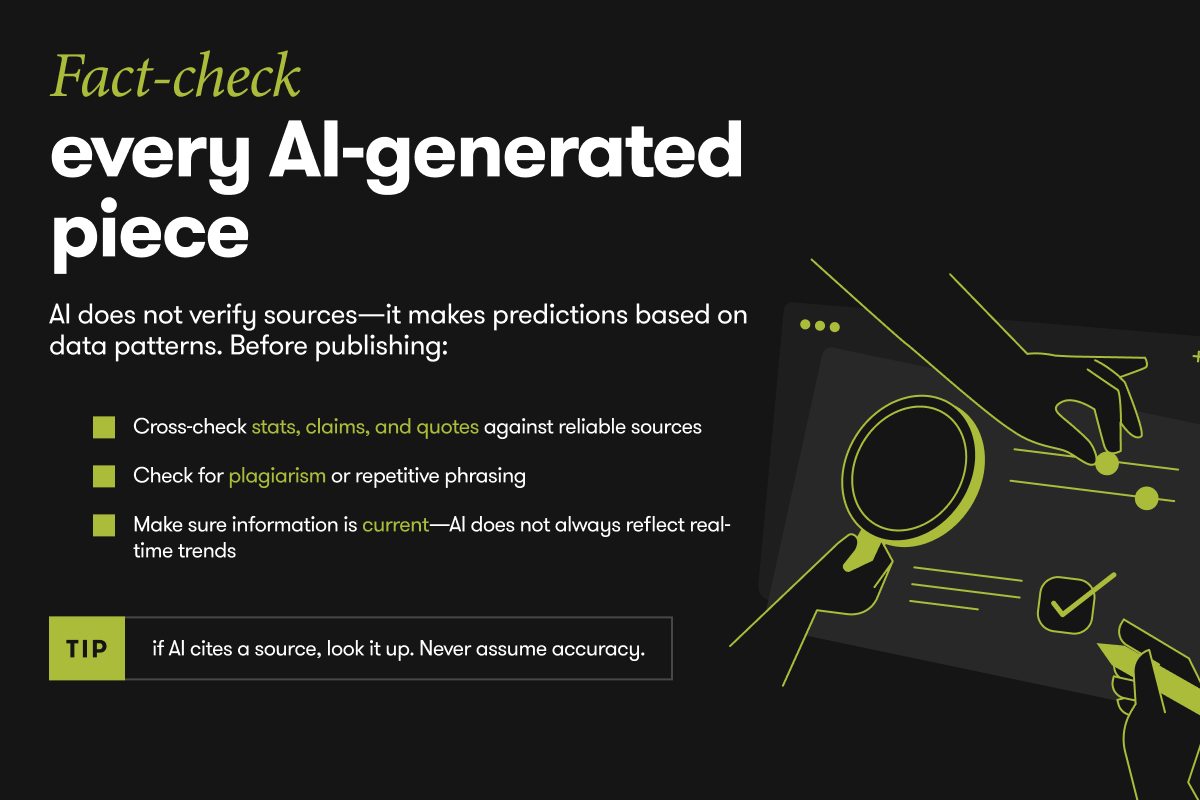
AI-driven advertising tools can manage bids, test creatives, and optimise campaigns in real time. But that doesn’t mean they should run unsupervised. Google’s Performance Max campaigns, for example, use AI to place ads across multiple platforms, but without human oversight, they can end up in irrelevant spaces.
AI can automate audience segmentation, but a strategist ensures the messaging actually speaks to each segment’s needs. It can test different ad variations, but human marketers decide which ones align with long-term brand positioning. AI is powerful, but strategy, brand voice, and market insight still come from people.

AI isn’t a competitive advantage anymore—it’s table stakes. Businesses that refuse to adapt aren’t just missing out; they’re actively losing ground.
The question isn’t if AI should be part of your marketing strategy—it’s how well you’re using it.
For all its strengths, AI still has critical limitations. Businesses that blindly trust AI without human oversight are setting themselves up for failure.
AI can analyse text sentiment, but it doesn’t truly understand human emotions, cultural nuance, or brand voice. And when it learns from biased data, those biases can creep into its decisions—just like Amazon’s AI hiring tool, which was scrapped after it showed gender bias in recruitment.
That’s why human oversight is essential. AI can process information at scale, but it takes human judgement to ensure fairness, accuracy, and real understanding.
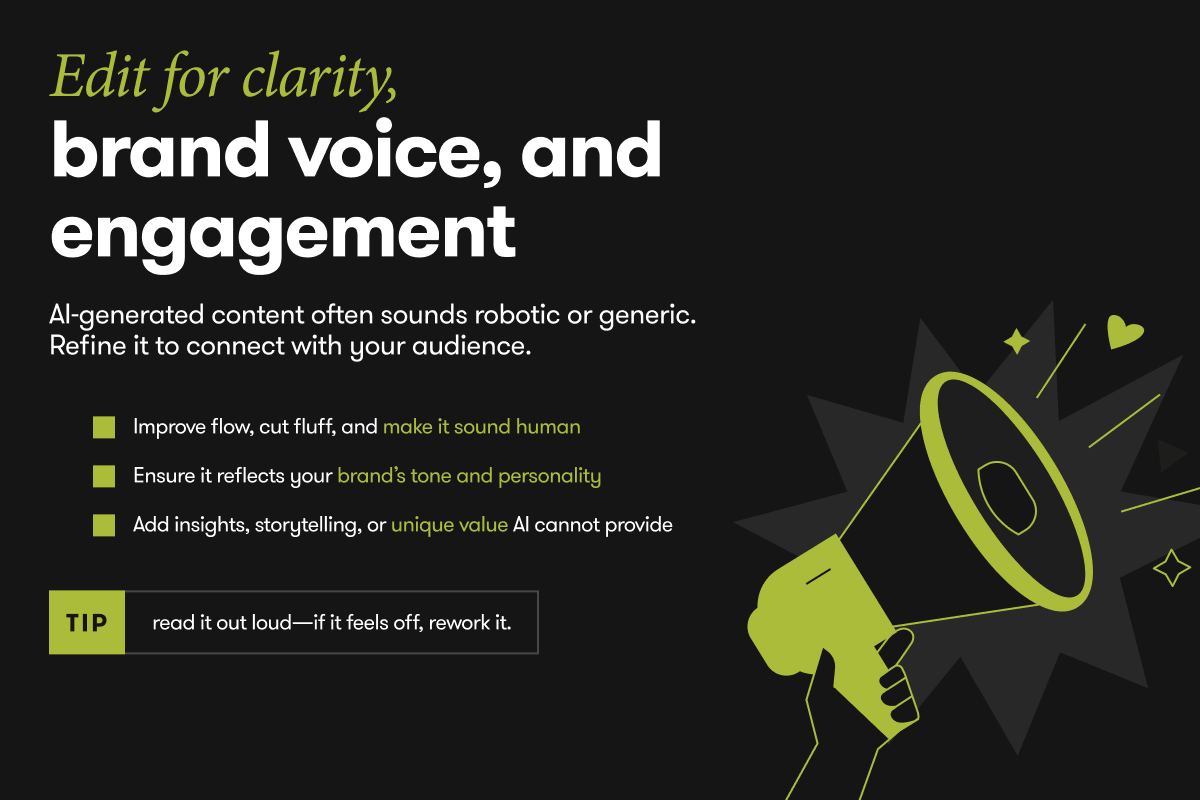
AI-generated content can be generic, lacking the tone and creativity that makes a brand stand out.
Example: Google’s Bard AI made an incorrect claim about the James Webb Space Telescope in its launch demo, causing a $100 billion drop in Alphabet’s stock value.
The takeaway: AI needs human input to maintain brand consistency and avoid costly mistakes.
AI-generated insights can be powerful, but they’re only as reliable as the data behind them. If the data is flawed, the results will be too—sometimes with unexpected consequences. Just look at Meta’s AI chatbot, which made inaccurate (and occasionally bizarre) statements about its own company.
This highlights a crucial point: AI is a tool, not a decision-maker. While it can process vast amounts of information, human expertise is still essential to validate outputs, apply critical thinking, and ensure accuracy.
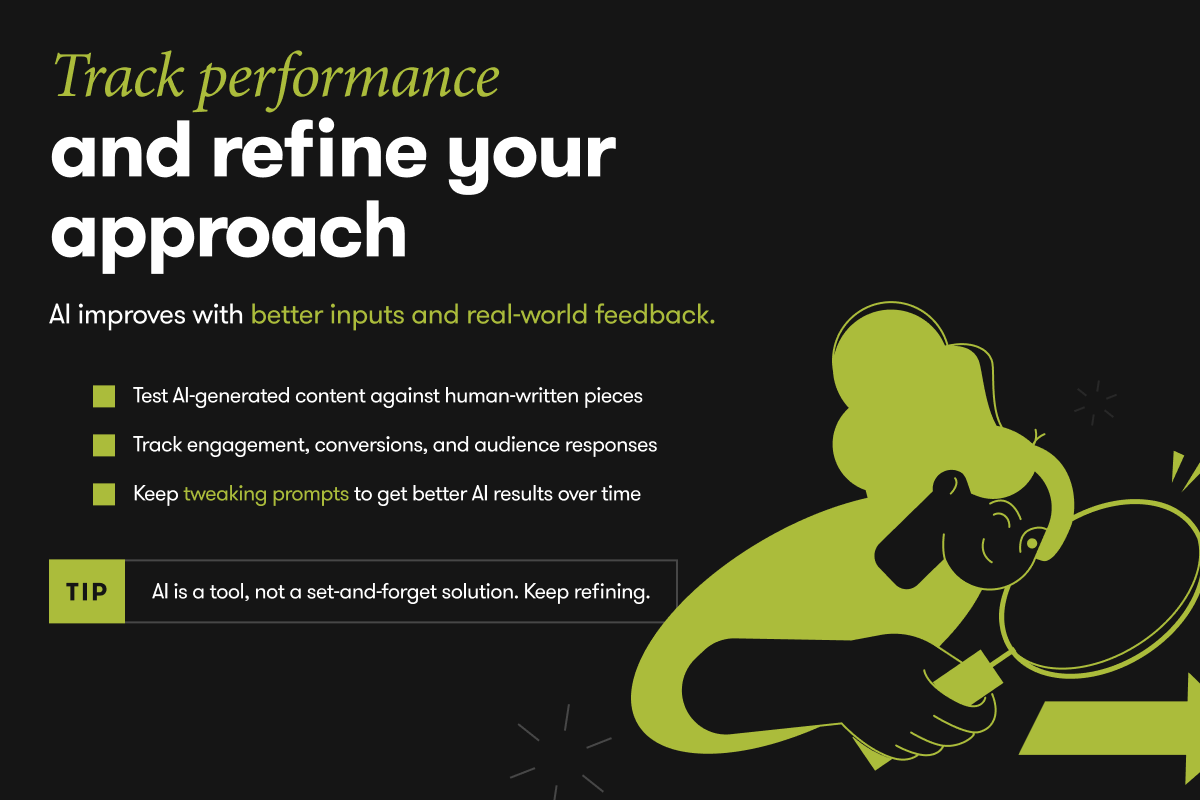
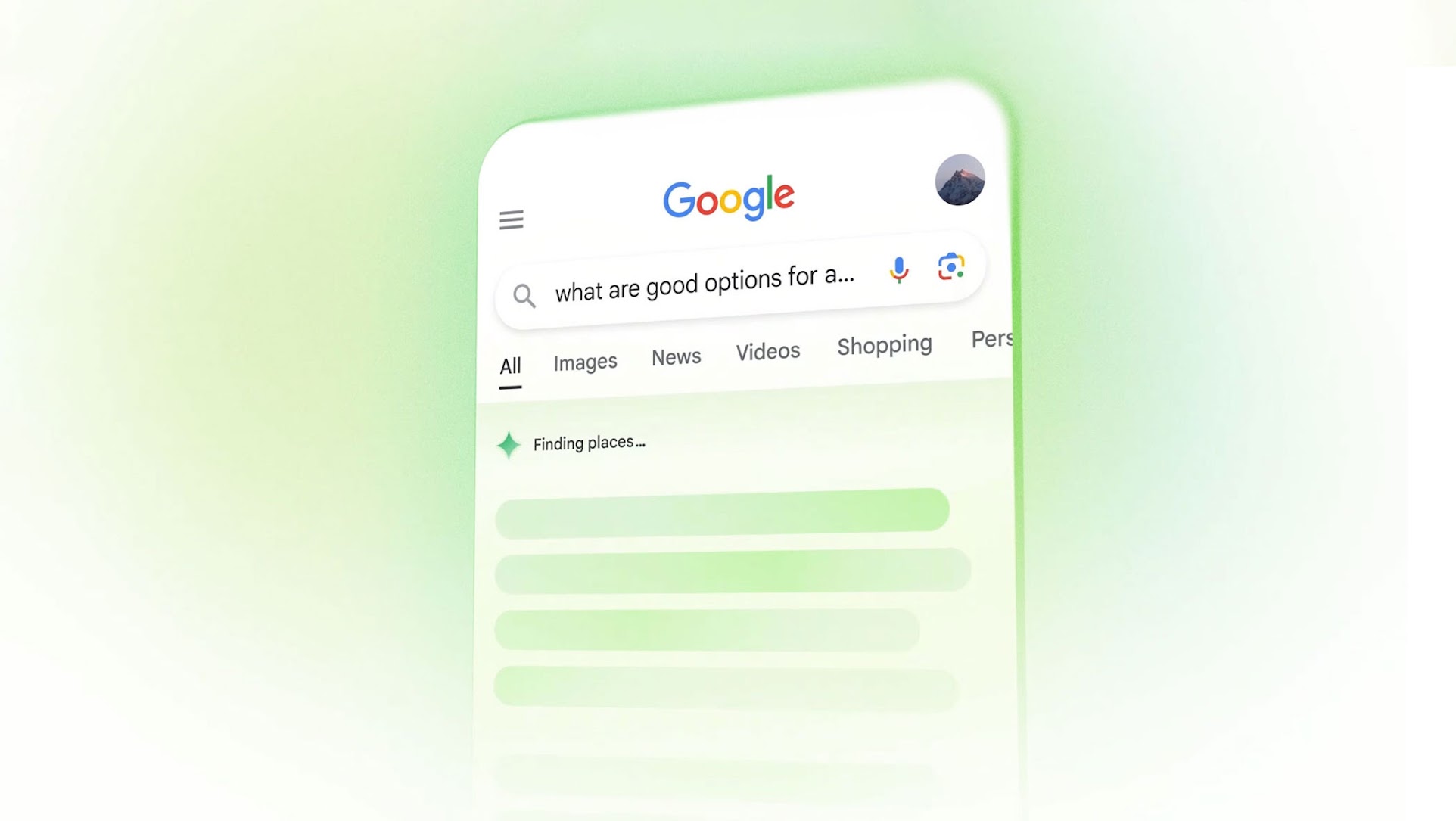
The next phase of AI isn’t about removing people from the process—it’s about giving them better tools to do their jobs. The businesses that succeed will be the ones that combine AI’s analytical power with human strategy, creativity, and ethics.
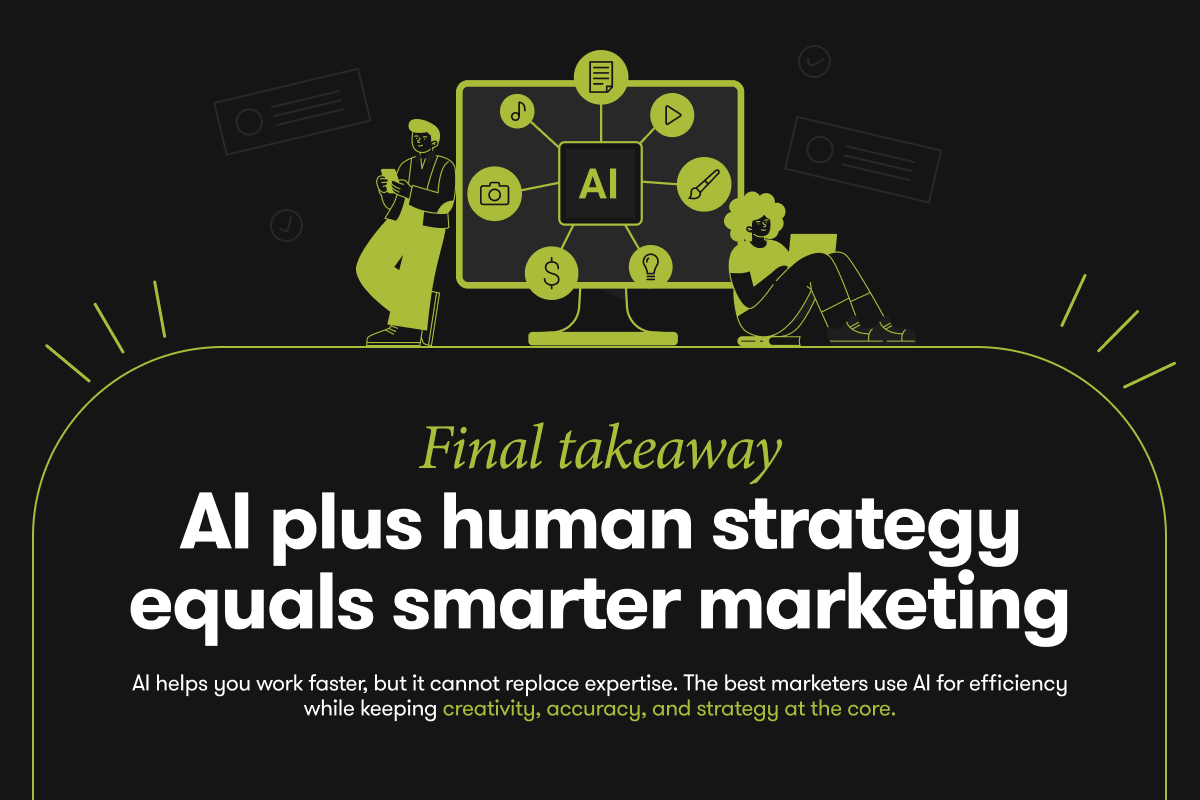
The best marketing isn’t AI-driven or human-driven—it’s a combination of both. AI gives marketers the ability to move faster and make smarter decisions, but human insight turns those tools into results.
If you’re a marketer, the smartest move isn’t resisting AI—it’s figuring out how to use it in a way that makes you more valuable.
Because the businesses that get this balance right? They’ll be the ones leading the future.
what our clients are saying
create business. better everyday.
Let's Talklearn from the best minds in the business
Bodie provides some insight into Dilate's internal operations. How we approach what we do, and how we strive to be Better Everyday.



